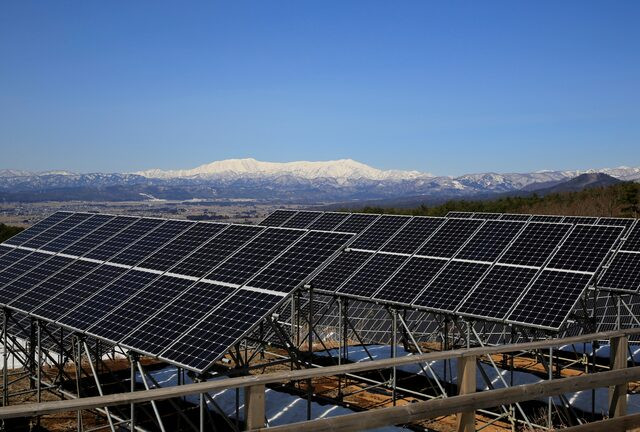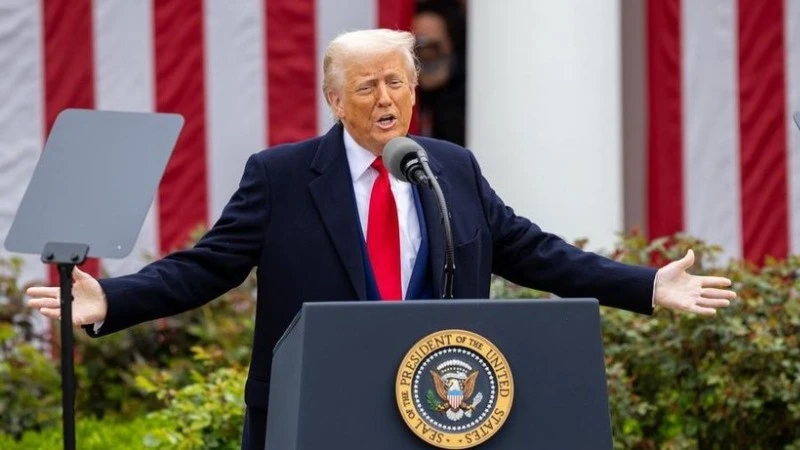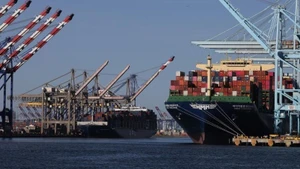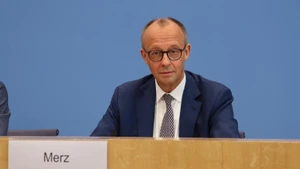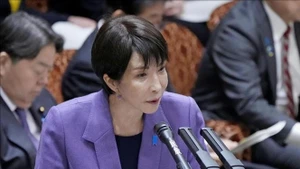Japanese Minister of Economy, Trade and Industry Ken Saito and government officials from the 11-member AZEC met in Indonesia last August to discuss measures on decarbonising thermal power generation as coal, natural gas and other fossil fuels are still dominating Asia’s electricity mix.
Excluding Myanmar, nine of the ten ASEAN members have joined the scheme, along with Japan and Australia. By reducing carbon dioxide emissions across the entire supply chain, AZEC members aim to increase their competitive advantage in the international community amid growing demand for decarbonisation.
AZEC members also collaborated on knowledge sharing on their emissions trading frameworks. One of the main focuses of the meeting was the decarbonisation of the energy sector, especially coal power. AZEC ministers pledged to promote the use of resources such as biomass and support regulations on carbon dioxide capture and storage.
AZEC partners will develop a roadmap for sustainable fuel demand and supply in Asia based on feasibility studies in the transport sector, including aviation, and support the development of policies and measures to promote decarbonisation in industrial parks.
Building and developing a carbon market is an important solution that contributes to the national greenhouse gas emission reduction process and is an important driving force in promoting the transition to a carbon-neutral economy — bringing net emissions to zero.
As a pioneer in green economy transition, the Japanese government plans to launch an emissions trading system in the fiscal year starting in April 2026. Ahead of the expected surge in demand for emissions trading in 2026, the Tokyo Stock Exchange (TSE), managed by the Japan Exchange Group (JPX), has started operating carbon credit trading from October 2023 as part of its efforts to price emissions in a transparent and market-oriented manner.
Nearly a year since its launch, trade in the TSE’s carbon credit market is picking up as more Japanese companies are showing interest in using the market to meet their emissions reduction goals. This activity encourages companies to rapidly reduce emissions through carbon pricing, a policy tool that adds value to environmentally friendly products and businesses. A group of experts assembled by the Japanese government began discussing the details of the system earlier this month.
Meanwhile, aiming to achieve net-zero emissions from households and other residential electricity consumption in Japanese cities by April 2030, the government has designated dozens of cities as “Decarbonisation Leading Areas.”
In the two years through fiscal 2023 (ending March 31, 2024), the Japanese government selected 73 sites in 36 prefectures under the initiative and devised plans to increase the number of designated areas to at least 100 by fiscal 2025. Grants to local governments are being used to support carbon emission reduction efforts and regional revitalisation programmes, with a focus on renewable energy.
To date, a total of 292 companies in Japan have participated in the TSE’s carbon market, up from 188 at launch. Takumi Matsuo, head of the TSE’s Carbon Credit Market, said there has been more momentum than expected, and the main demand from participants at the moment is to offset emissions.
They are also monitoring price trends in preparation for the full operation of the emissions trading system. The TSE currently only handles Japanese government-certified credits, or J-Credits, which are generated at a rate of about 1 million tonnes per year.
To date, more than 470,000 tonnes of carbon have been traded, most of which were generated through energy efficiency improvements or the introduction of renewable energy. While the current volume is still small compared to carbon markets in other developed countries such as the Republic of Korea or those in Europe, where millions of tonnes are traded each year, the market is expected to become busier in Japan in the future.
With efforts to launch domestic and regional decarbonisation initiatives, and the planned launch of an emissions trading system from 2026, Japan is pushing to achieve its broader goal of reducing net emissions to zero by 2050, positioning the world’s fourth-largest economy as one of the leading countries in green transition.
